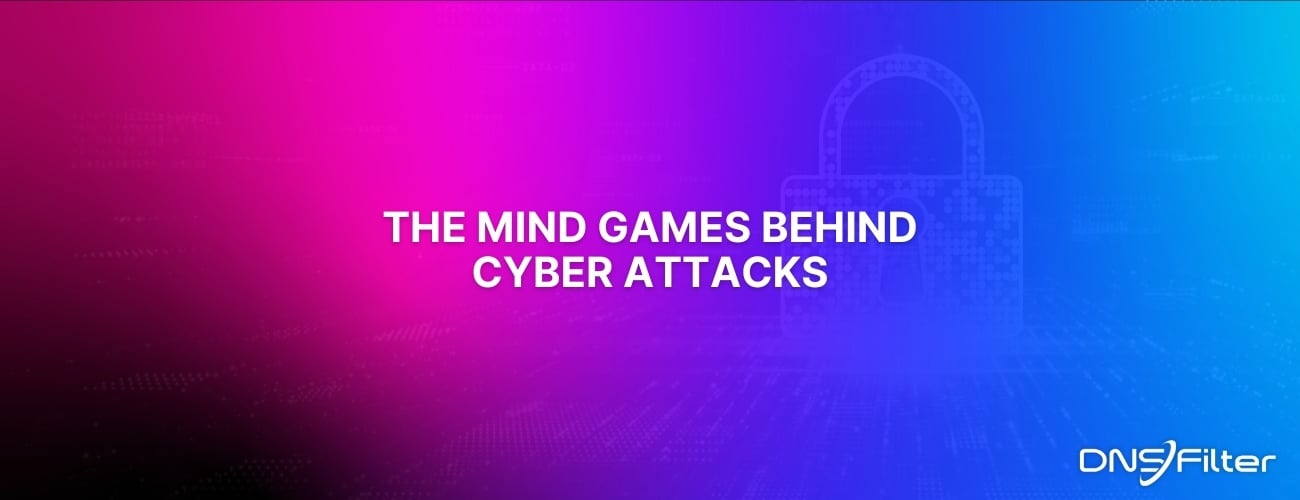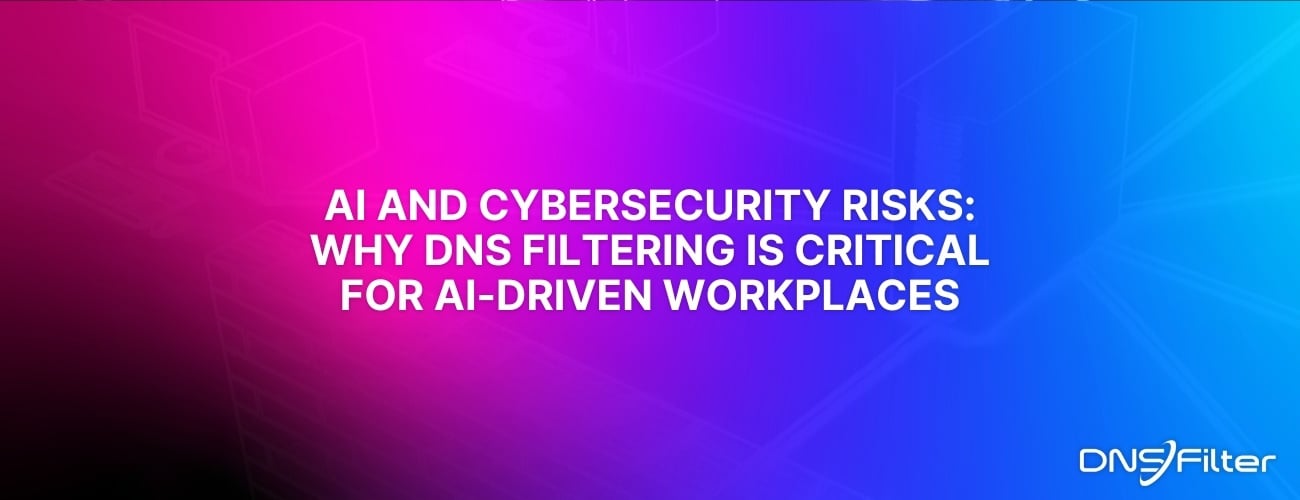Share this
Why Would I Want to Shrink the Web? How to use Webshrinker, a DNSFilter Product
by John Dolan on Sep 14, 2023 4:32:21 PM
What the heck is Webshrinker?
The short answer: Webshrinker is the machine learning tool behind DNSFilter’s fast and effective threat detection.
The longer answer: Webshrinker is a tool that harnesses the power of cloud computing and machine learning to provide access to a wealth of domain classification and website screenshot thumbnail data. Webshrinker crawls the Internet to detect and categorize web pages while operating in a way that mimics human browser sessions to avoid triggering fake pages meant to trick bots into thinking a website is safe.
Customers can access the data collected by Webshrinker in a handful of ways, including using the Webshrinker category and thumbnail sandboxes available at Webshrinker.com, via the easy to use Webhrinker API, or by using the Webshrinker Offline Content Database (OCDB).
Using the Webshrinker website ‘sandbox’’ is a great way to get your feet wet and learn the basics of how to use Webshrinker. Once you have the basics down, a good next step is the Webshrinker API, which provides all the advantages of an API–including the ability to query category and thumbnail data from a platform of your choosing. Finally, the Webshrinker OCDB provides the same advantages of the Webshrinker API, but hosted locally for far greater performance and response time.
If you want to know more about the backstory of how Webshrinker came to be or how it works, you should check out The Journey Of The Machine Learning Technology That Powers Dnsfilter.
So what is Webshrinker used for?
Perhaps you are new to DNSFilter and to Webshrinker, and after reading the rather thrilling opening to this article are thinking “Wow! You mean with just a few mouse clicks I can have a wealth of cool information about various web domains at my fingertips?!? That is awesome, I think…”
Whether you are a budding entrepreneur that is itching to show the world a thing or two about your technology chops, or a supervillain who is totally getting the wrong idea about what it means to have access to Webshrinker, I hope to provide a few ideas that might get you going. (Crossing my fingers you are the former, though!)
Webshrinker for Advertising Spend
Let’s say you are itching to sell advertising. Wouldn’t it be nice if you could better target potential sites for your advertising dollars based on the kinds of business those sites engage in?
Webshrinker knows about websites. Lots and lots of websites. And if Webshrinker doesn’t know about a website, it will go do some homework and quickly get back to you. With just a few easy steps, you can have access to all the information that Webshrinker has about the various websites you might have an interest in building an advertising relationship with so you can ensure that the site is the right fit for you and your advertising budget.
Researching with Webshrinker
Did I mention that Webshrinker has data?
Perhaps you have compiled a list of web domains that you believe are associated with electric cars and you would like a way to validate your list, or see what other topics such sites also embrace? Or perhaps you track the websites the employees at your organization visit, and you’d like to to know how those websites break down into categories.
Webshrinker can unlock your ability to dig into website domains and gain insight into the type of content those websites contain.
Finding Bad Actors with Webshrinker
A rather common use case for Webshrinker is to help find the bad eggs.
Being transparent here, this is exactly why DNSFilter uses Webshrinker’s proven technology: To help protect DNSFilter users and block malicious content altogether. P.S. You can try DNSFilter for 14 days free—click here.
Maybe you are developing a stand alone security appliance that needs to be able to sniff around for bad actors. Or perhaps you want to check the websites your employees are visiting and ensure they’re not more than you bargained for. The internet can be sketchy. Webshrinker helps you figure out what you can trust.
The Little (Screenshot) Picture
Let’s say you are part of a company that concerns itself with the look and appearance of a specific category of web content—perhaps home decor? With Webshrinker, you can collect and analyze screen shot information for websites and keep up with what is trending.
What Are You Waiting For?
As you can see, there is a lot that you can do with access to Webshrinker.
Got an idea that you would like to try out? We would love to hear about it and help you explore!
To get started, sign up for a free trial of Webshrinker now—I promise it’s quick and there are no strings attached. Better yet, contact us for a demo! We’d be happy to show you around.
Share this
 Artificial Intelligence in Cybersecurity
Artificial Intelligence in Cybersecurity
The term “artificial intelligence (AI)” was first coined in 1956. While progress stalled for many years, we can thank IBM for sparking real interest in AI as viable technology: First in 1997 when the computer Deep Blue defeated a chess champion and again in 2011 when Watson won Jeopardy!
 The Mind Games Behind Cyber Attacks
The Mind Games Behind Cyber Attacks
Hackers have long understood that the most sophisticated firewall is no match for a well-placed psychological trick. While many focus on the technical prowess of cybercriminals, the real magic often lies in their ability to manipulate human behavior. By exploiting our natural tendencies and cognitive biases, hackers can slip past even the most robust security systems. It's not just about cracking codes; it's about cracking the human psyche.
 AI and Cybersecurity Risks: Why DNS Filtering is Critical for AI-Driven Workplaces
AI and Cybersecurity Risks: Why DNS Filtering is Critical for AI-Driven Workplaces
Artificial intelligence is transforming business operations, automating everything from customer service to data analysis. But with these advancements come new security challenges. AI-driven cyber threats are becoming more sophisticated, enabling attackers to automate phishing campaigns, generate malware, and exfiltrate sensitive data at scale. Without proper safeguards, AI tools can unintentionally leak corporate secrets or connect to malicious ...


